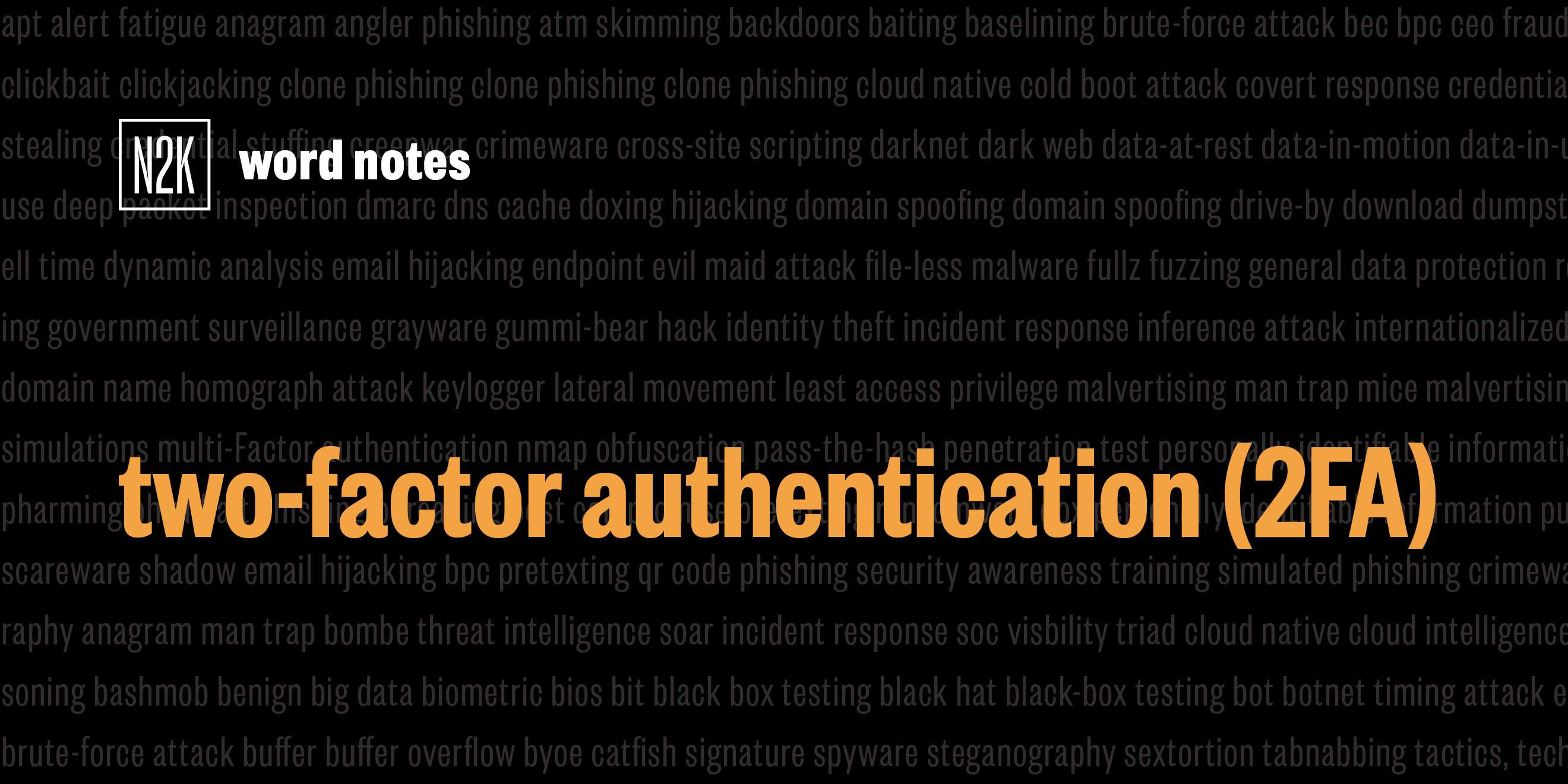In the ever-evolving digital landscape, online security has become a paramount concern for both individuals and organizations. To combat the rising threat of cyberattacks, the implementation of a robust authentication process is crucial. Among the various methods available, two-factor authentication (2FA) has emerged as an effective means to bolster security.
2FA is an authentication mechanism that goes beyond the traditional username and password combination. Instead, it requires users to provide two distinct factors before granting access to their accounts or systems. These factors typically fall into three categories: something you know, something you have, and something you are.
The first factor often involves something users know, such as a password or a personal identification number (PIN). This knowledge-based factor has long been utilized as a primary means of protecting online accounts. However, with the advent of increasingly sophisticated hacking techniques, passwords alone are no longer sufficient to guarantee security.
The second factor in 2FA revolves around something users possess. This could be a physical object, such as a smart card, a security token, or even a mobile device. Authentication methods utilizing possession-based factors ensure that even if someone manages to steal a user’s password, they would still need the physical object or device to gain access.
Finally, the third factor in the 2FA process focuses on something users are, commonly known as biometric authentication. Biometric factors can include fingerprints, facial recognition, voice patterns, or even iris scans. Through this factor, individuals can prove their identity based on unique physical characteristics that are difficult to replicate.
The synergy between these different factors creates an authentication process that significantly minimizes the risk of unauthorized access to sensitive information. By combining elements from multiple categories, 2FA provides an additional layer of security that strengthens the overall authentication mechanism.
One of the most popular applications of 2FA can be observed in the banking sector. Recognizing the imperative need for enhanced security, many financial institutions have implemented 2FA as a standard practice. Customers are often required to input both a password and a unique, one-time passcode sent to their registered mobile device to access their online banking accounts. This dual-factor authentication process adds an extra level of protection against fraudulent activities and identity theft.
Moreover, businesses across various industries are adopting 2FA to safeguard their systems and sensitive data. With the increasing prevalence of remote work and cloud-based services, organizations are becoming more vulnerable to cyberattacks. By implementing 2FA, employees are required to provide additional credentials, ensuring that even if their passwords are compromised, unauthorized access can still be prevented.
Despite its robust security features, 2FA is not without its challenges. Some users may find the extra steps required in the authentication process cumbersome. Additionally, there is a concern that 2FA may create a false sense of security, leading to complacency among users who believe their accounts are invulnerable.
To mitigate these challenges, experts suggest the adoption of user-friendly and seamless 2FA methods. Integration with mobile devices is crucial, as smartphones have become an integral part of our daily lives. Creating intuitive and convenient processes for users to authenticate themselves can help minimize friction and ensure wider adoption of this security measure.
In conclusion, the implementation of two-factor authentication brings an additional layer of security to our online world. By requiring users to provide multiple factors to prove their identity, 2FA significantly reduces the risk of unauthorized access and identity theft. As cyber threats continue to evolve, it becomes imperative for individuals and organizations alike to embrace and adopt robust authentication techniques like 2FA to secure their digital assets effectively.


